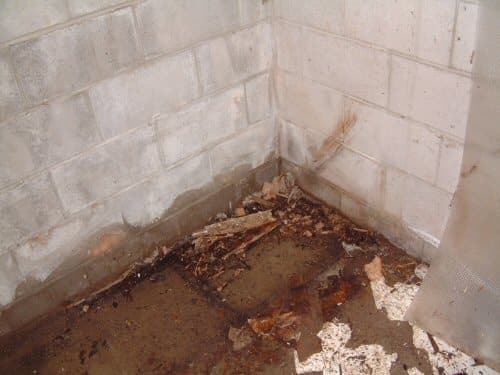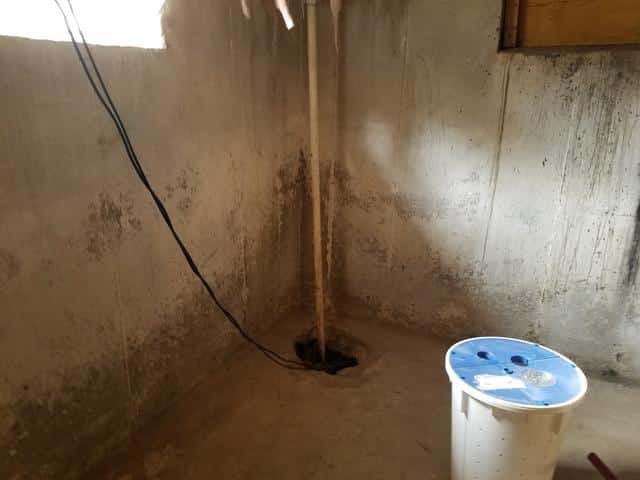Have you ever considered the potential costs of water damage to your basement? It’s not just about replacing ruined items; we’re talking about structural damage, mold growth, and decreased home value. Basement waterproofing solutions, such as interior drainage systems, sump pumps, and exterior waterproof coatings, can be your best defense. But how do you know which solution is right for your home? And what kind of maintenance do such systems require to remain effective? Stick around as we unravel the answers to these pressing questions.
Basement Waterproofing
Basement waterproofing is a critical aspect of maintaining the structural integrity of your home. Not only does it keep your basement dry and comfortable, but it also protects your property against water damage, which can lead to costly repairs.

When moisture seeps into your basement, it can cause a variety of problems—these range from mildew and mold growth to structural damages like cracked walls and floors.
Additionally, these issues can severely impact the air quality in your home, leading to health concerns for you and your family.
Understanding the significance of base ment waterproofing, it’s important to recognize signs of a water issue early on. These may include visible mold, a musty odor, damp spots on walls or floors, and water pooling.
If you notice any of these signs, your basement may require waterproofing.
Basement Waterproofing Techniques
With these potential issues in mind, it’s clear that implementing effective waterproofing techniques is of utmost importance.
There are several methods you can employ to protect your basement from water damage, each with its pros and cons.

Interior waterproofing, often called water control, doesn’t stop the water from entering your basement walls. Instead, it manages the water once it has entered. This method usually includes drains and sump pumps.
Exterior waterproofing, on the other hand, is about blocking water from entering your basement walls. This technique is more costly and involves excavating around the house to install a waterproof coating or membrane on the wall.
The third option is a combination of both interior and exterior methods. This might involve an interior drain to manage water that enters the basement and an exterior method to prevent water from penetrating the walls in the first place.
In the end, the method you choose depends largely on the nature of your problem, your budget, and your long-term plans for the home.
Always consult with a basement waterproofing professional to determine the best solution for your specific situation.
So, you’ve taken the necessary steps to waterproof your basement. Great job! By implementing techniques like interior drainage systems, sump pumps, and exterior waterproof coatings, you’ve effectively managed water entry. Don’t forget that regular maintenance and monitoring are key to keeping these systems running smoothly. Consulting with professionals can guarantee a tailored solution that meets local building codes. You’re on the right track to protecting your home from costly water damage.
Contact the Professionals at Seal-Tite Basement WaterproofingToday! 540-992-1144

Seal-tite Basement Waterproofing Co. is a full service basement environment contractor. We carry an A+ Better Business Bureau rating. We repaired over 40,000 homes and structures in Virginia, West Virginia, Tennessee, and North Carolina. We are fully insured and licensed. We have worked in all types of locations, including residential and commercial locations, government agencies, colleges, hospitals, churches, and condo associations.
Seal-tite® offers a lifetime transferable warranty. We carry a Class A Contractor’s License and we are fully insured. Our satisfied customers range from government agencies to businesses, hospitals, colleges, churches, and thousands of homeowners. Your home is probably the single largest investment you will make in your lifetime. Don’t wait, call Seal-tite® to help make your home dry, safe and livable.

